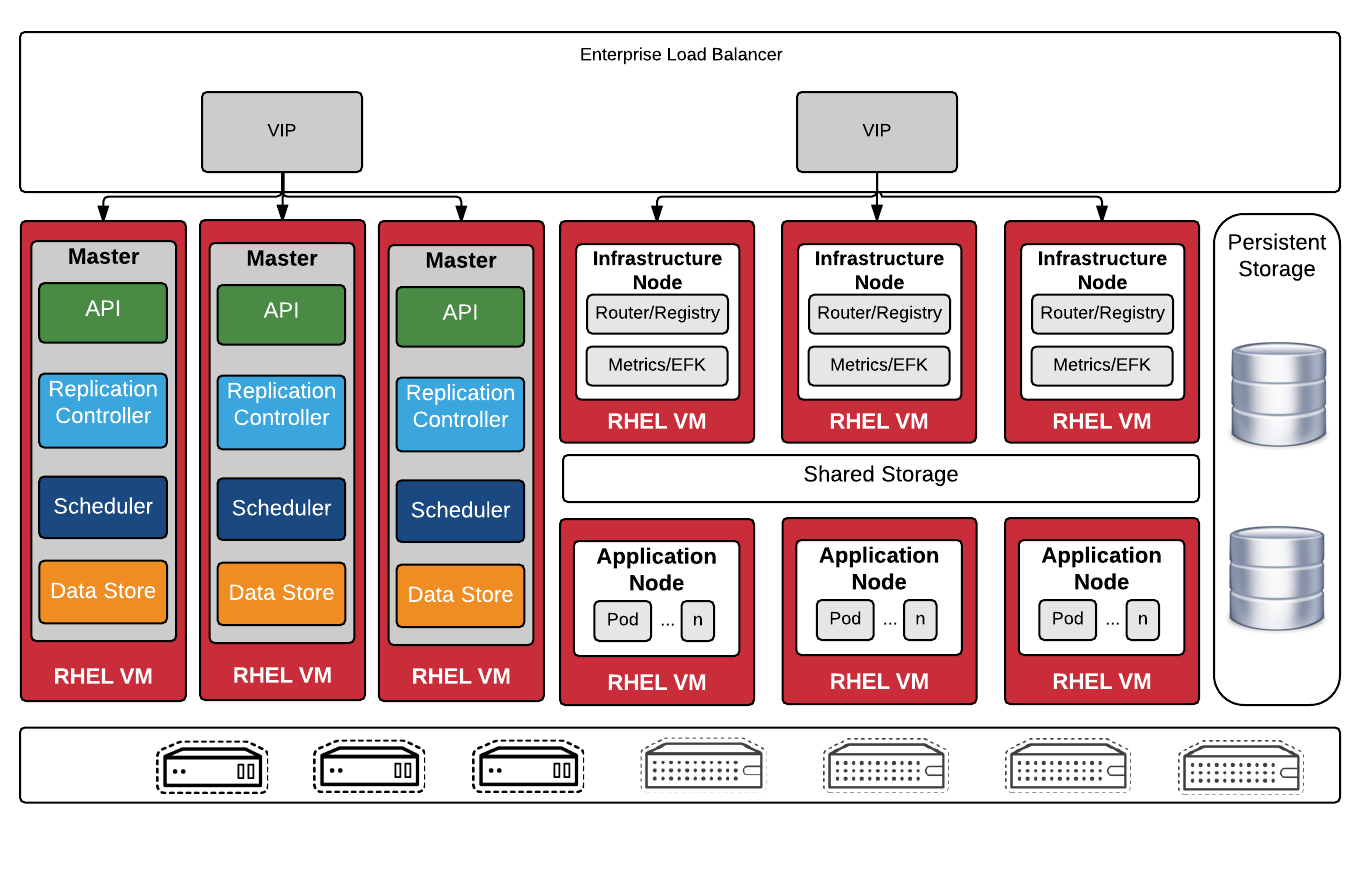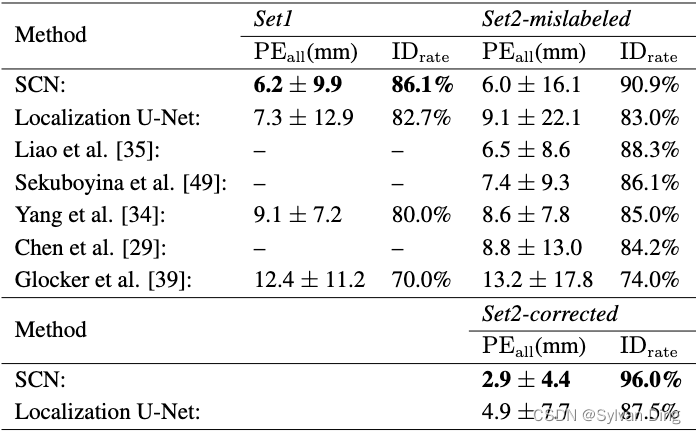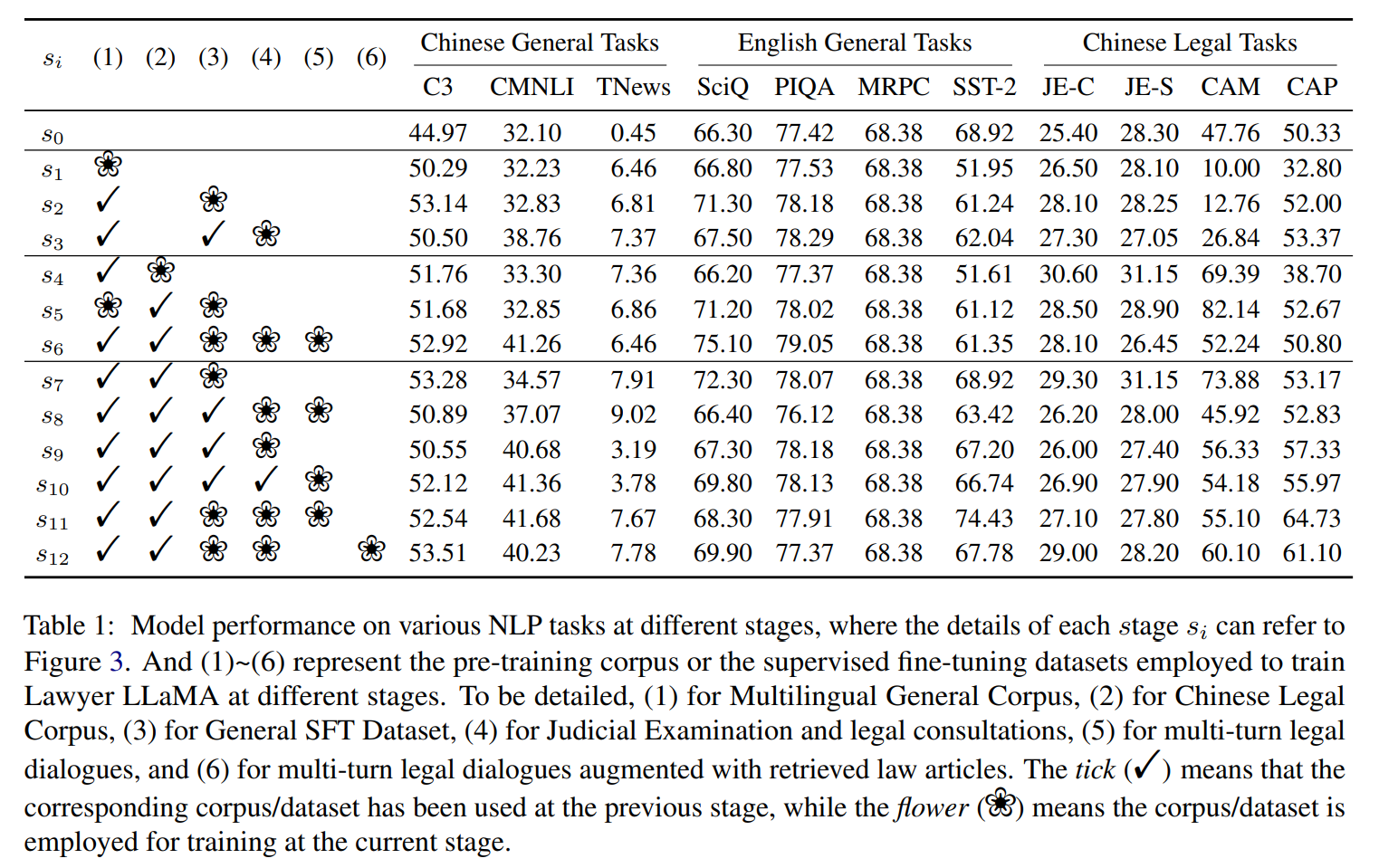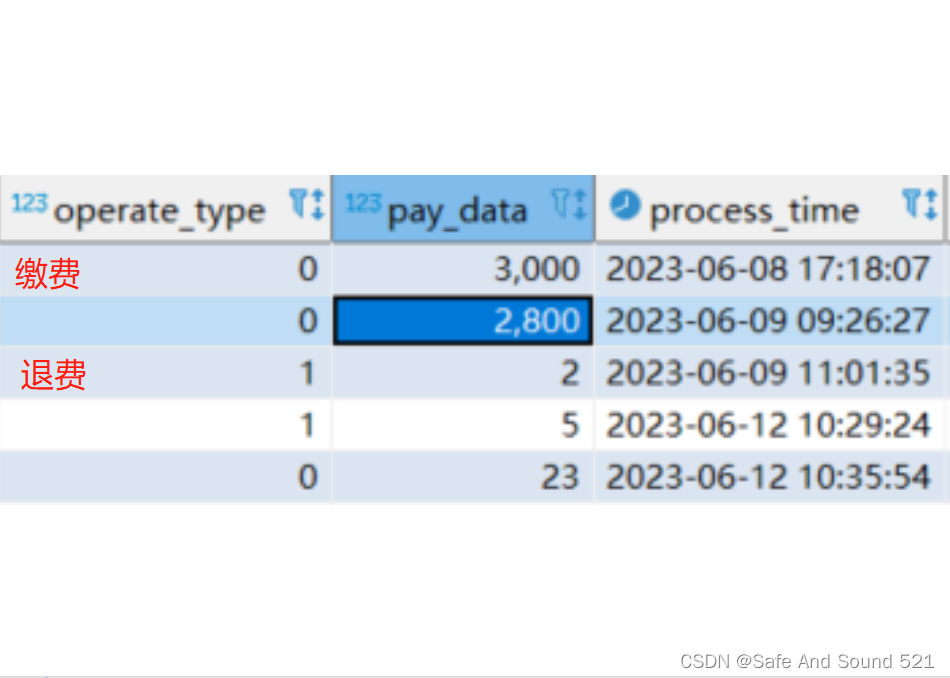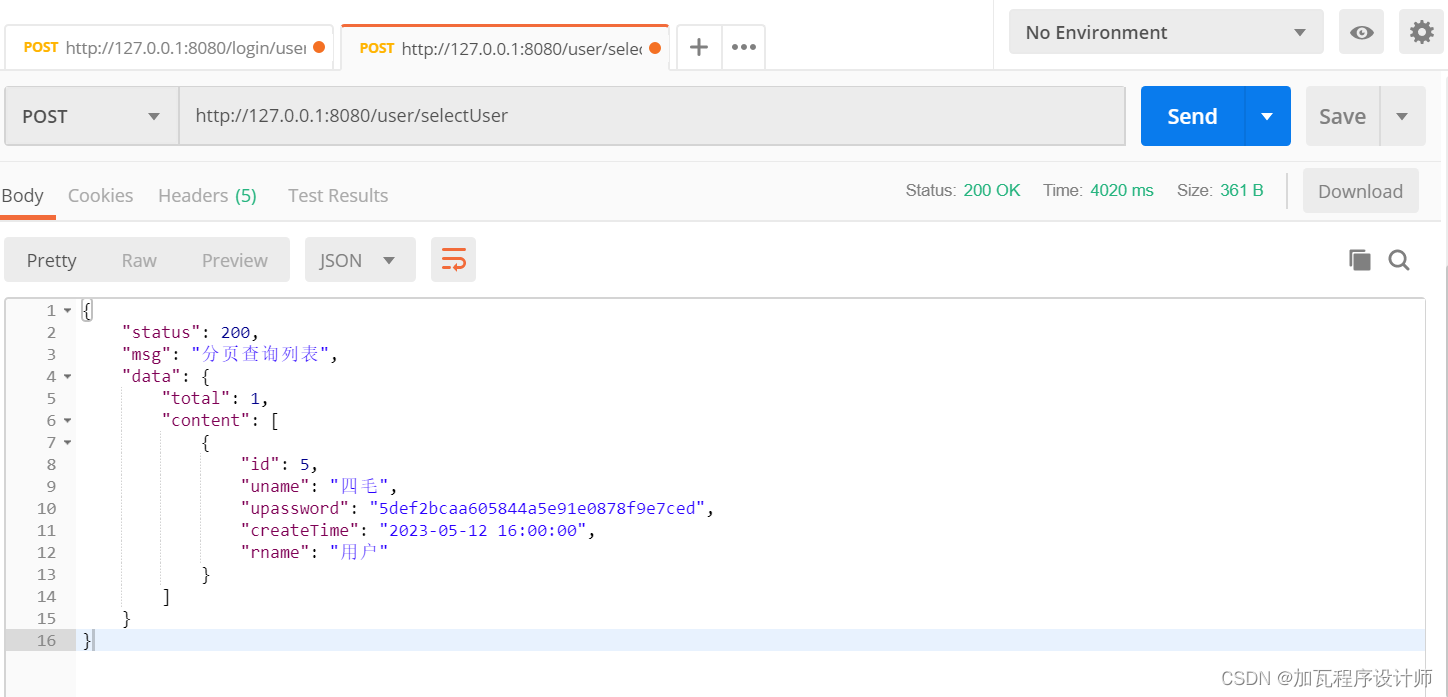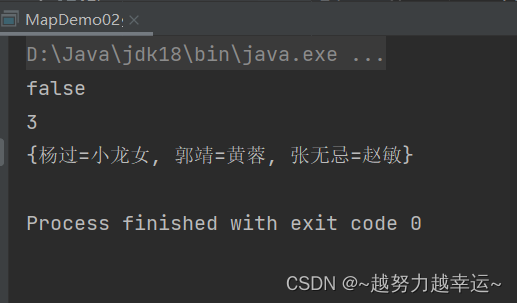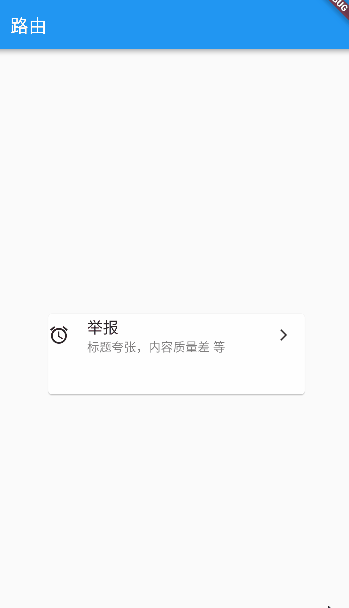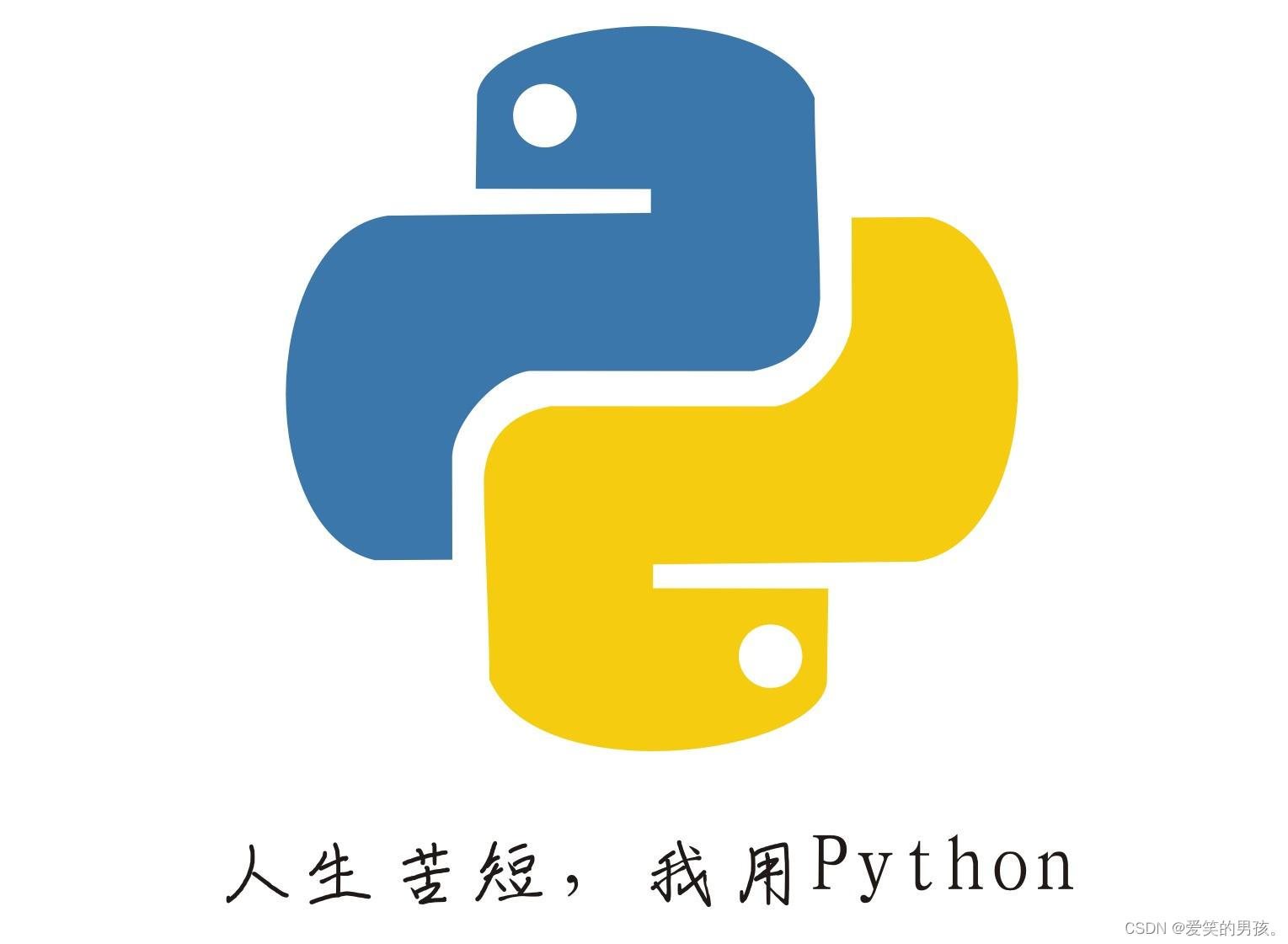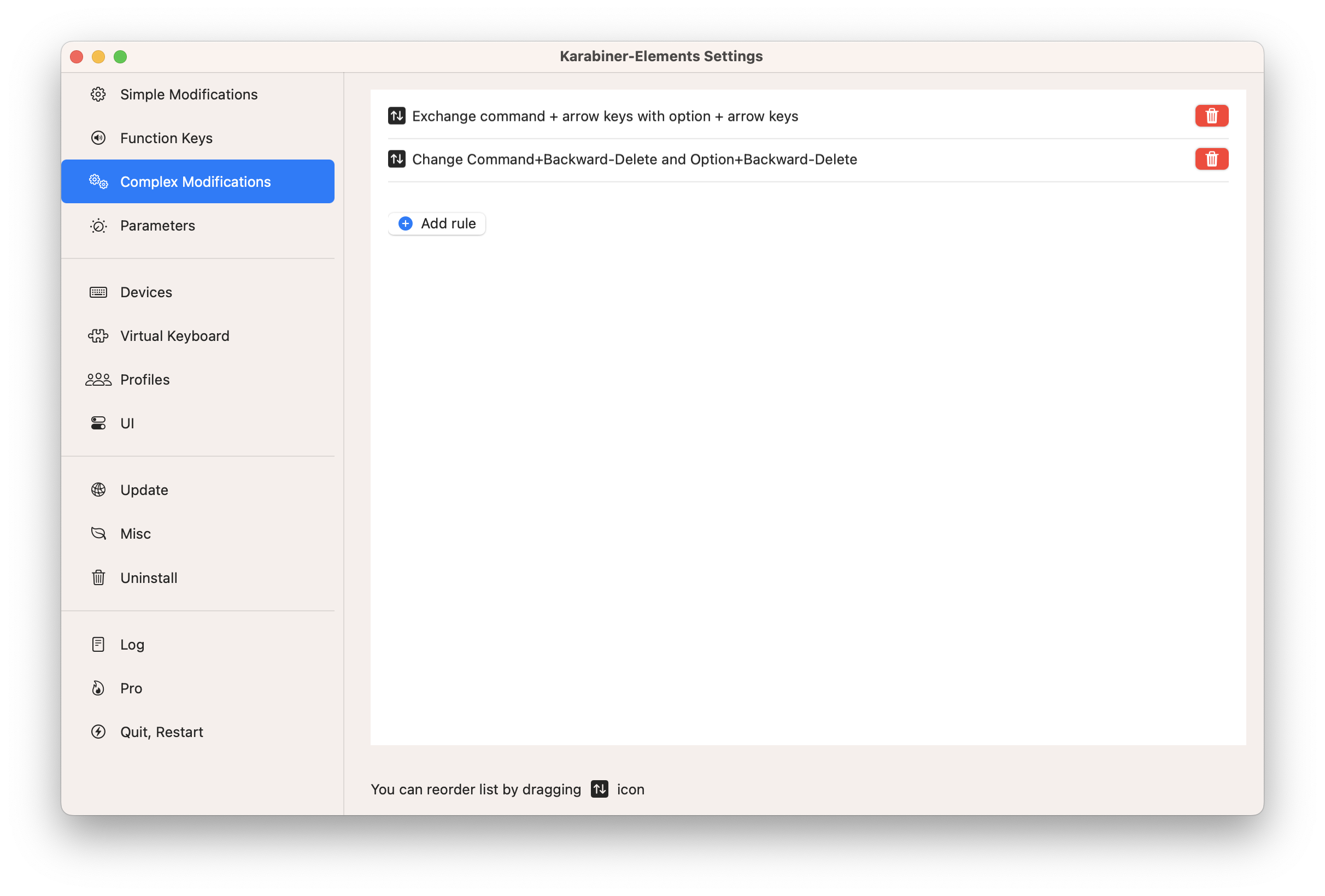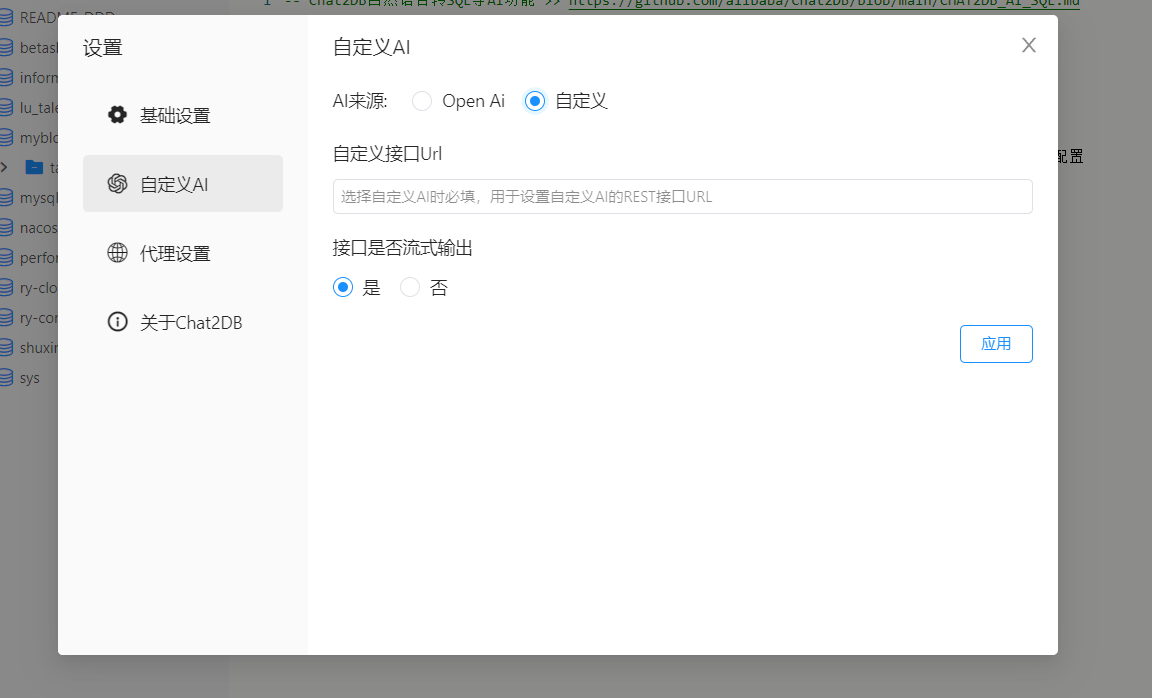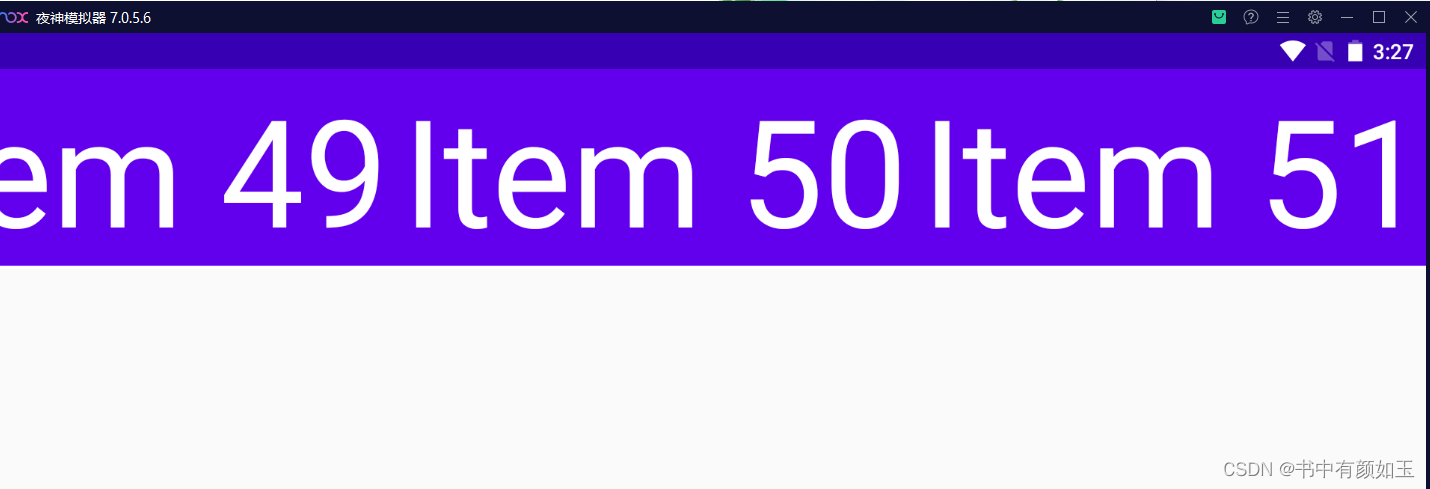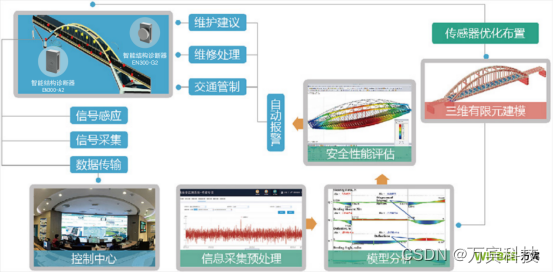一、生命周期函数
所有继承 MonoBehavior 的脚本,最终都会挂载到 GameObject 游戏对象上
生命周期函数就是该脚本对象依附的 GameObject 对象从出生到消亡整个生命周期中
会通过反射自动调用的一些特殊函数
Unity 帮助我们记录了一个 GameObject 对象依附了哪些脚本
会自动得到这些对象,通过反射去执行一些固定名字的函数
生命周期函数的访问修饰符一般为 private 和 protected
因为不需要再外部自己调用生命周期函数 都是 Unity 自己帮助我们调用的
// 当对象(自己这个类对象)被创建时 才会调用该生命周期函数
// 类似构造函数的存在 我们可以在一个类对象 该创建 进行一些初始化操作
protected virtual void Awake()
{
// 在Unity中打印信息的两种方式
// 1. 没有继承MOnoBehavior类的时候
// Debug.Log("123");
// Debug.LogError("出错了!!!!!");
// Debug.LogWarning("警告!!!");
// 2. 继承了MonoBehavior 有一个线程的方法 可以使用
print("Awake");
}
// 对于我们来说 想要当一个对象被激活时 进行一些逻辑处理 就可以写在这个函数
void OnEnable()
{
print("OnEnable");
}
// 主要作用还是用于初始化信息的 但是它相对Awake来说 要晚一点
// 因为它是在对象 进行第一次帧更新之前才会执行的
void Start()
{
print("Start");
}
// 它主要是用于 进行物理更新
// 它是每一帧的执行的 但是 这里的帧 和游戏帧 有点不同
// 它的时间间隔 是可以在 project setting中的 Time里去设置的
void FixedUpdate()
{
print("FixedUpdate");
}
// 主要用于处理游戏核心逻辑更新的函数
void Update()
{
print("Update");
}
// 一般这个更新是用来处理 摄像机位置更新相关内容的
// Update和LateUpdate之间 Unity进了一些处理 处理我们动画相关的更新
void LateUpdate()
{
print("LateUpdate");
}
// 如果我们希望在一个对象失活时做一些处理 就可以在该函数中写逻辑
void OnDisable()
{
print("OnDisable");
}
void OnDestroy()
{
print("OnDestroy");
}
二、Inspector窗口可编辑变量
1.Inspector 显示的可编辑内容就是脚本的成员变量
2.私有和保护无法显示编辑
3.让私有的和保护的也可以被显示
// 加上强制序列化字段特性
// [SerializeField]
// 所谓序列化就是把一个对象保存到一个文件或数据库字段中去
[SerializeField]
private int privateInt;
[SerializeField]
protected string protectedStr;
4.公共的可以显示编辑
[HideInInspector] public int publicInt = 10; public bool publicBool = false;
5.公共的也不让其显示编辑
// 在变量前加上特性 // [HideInInspector] [HideInInspector] public int publicInt2 = 50;
6.大部分类型都能显示编辑
public int[] array;
public List<int> list;
public E_TestEnum type;
public GameObject gameObject;
// 字典不能被Inspector窗口显示
public Dictionary<int, string> dic;
// 自定义类型变量
public MyStruct myStruct
public MyClass myClass;
7.让自定义类型可以被访问
// 加上序列化特性
// [System.Serializable]
// 字典怎样都不行[System.Serializable]
public struct MyStruct
{
public int age;
public bool sex;
}
[System.Serializable]
public class MyClass
{
public int age;
public bool sex;
}
8.一些辅助特性
// 1.分组说明特性Header
// 为成员分组
// Header特性
// [Header("分组说明")]
[Header("基础属性")]
public int age;
public bool sex;
[Header("战斗属性")]
public int atk;
public int def;
// 2.悬停注释Tooltip
// 为变量添加说明
// [Tooltip("说明内容")]
[Tooltip("闪避")]
public int miss;
// 3.间隔特性 Space()
// 让两个字段间出现间隔
// [Space()]
[Space()]
public int crit;
// 4.修饰数值的滑条范围Range
// [Range(最小值, 最大值)]
[Range(0,10)]
public float luck;
// 5.多行显示字符串 默认不写参数显示3行
// 写参数就是对应行
// [Multiline(4)]
[Multiline(5)]
public string tips;
// 6.滚动条显示字符串
// 默认不写参数就是超过3行显示滚动条
// [TextArea(3, 4)]
// 最少显示3行,最多4行,超过4行就显示滚动条
[TextArea(3,4)]
public string myLife;
// 7.为变量添加快捷方法 ContextMenuItem
// 参数1 显示按钮名
// 参数2 方法名 不能有参数
// [ContextMenuItem("显示按钮名", "方法名")]
[ContextMenuItem("重置钱", "Test")]
public int money;
private void Test()
{
money = 99;
}
// 8.为方法添加特性能够在Inspector中执行
// [ContextMenu("测试函数")]
[ContextMenu("哈哈哈哈")]
private void TestFun()
{
print("测试方法");
}
三、MonoBehavior
(一)重要成员
// 1.获取依附的GameObject
print(this.gameObject.name);
// 2.获取依附的GameObject的位置信息
// 得到对象位置信息
print(this.transform.position); // 位置
print(this.transform.eulerAngles); // 角度
print(this.transform.lossyScale); // 缩放大小
// 这种写法和上面是一样的效果 都是得到依附的对象的位置信息
// this.gameObject.transform
// 3.获取脚本是否激活
this.enabled = false;
// 获取别的脚本对象 依附的gameobject和 transform位置信息
print(otherLesson3.gameObject.name);
print(otherLesson3.transform.position);
(二)重要方法
// 得到依附对象上挂载的其它脚本
// 1.得到自己挂载的单个脚本
// 根据脚本名获取
// 获取脚本的方法 如果获取失败 就是没有对应的脚本 会默认返回空
Lesson3_Test t = this.GetComponent("Lesson3_Test") as Lesson3_Test;
print(t);
// 根据Type获取
t = this.GetComponent(typeof(Lesson3_Test)) as Lesson3_Test;
print(t);
// 根据泛型获取 建议使用泛型获取 因为不用二次转换
t = this.GetComponent<Lesson3_Test>();
if( t != null )
{
print(t);
}
// 只要你能得到场景中别的对象或者对象依附的脚本
// 那你就可以获取到它的所有信息
// 2.得到自己挂载的多个脚本
Lesson3[] array = this.GetComponents<Lesson3>();
print(array.Length);
List<Lesson3> list = new List<Lesson3>();
this.GetComponents<Lesson3>(list);
print(list.Count);
// 3.得到子对象挂载的脚本(它默认也会找自己身上是否挂载该脚本)
// 函数是有一个参数的 默认不传 是false 意思就是 如果子对象失活 是不会去找这个对象上是否有某个脚本的
// 如果传true 即使 失活 也会找
// 得子对象 挂载脚本 单个
t = this.GetComponentInChildren<Lesson3_Test>(true);
print(t);
// 得子对象 挂载脚本 多个
Lesson3_Test[] lts = this.GetComponentsInChildren<Lesson3_Test>(true);
print(lts.Length);
List<Lesson3_Test> list2 = new List<Lesson3_Test>();
this.GetComponentsInChildren<Lesson3_Test>(true, list2);
print(list2.Count);
// 4.得到父对象挂载的脚本(它默认也会找自己身上是否挂载该脚本)
t = this.GetComponentInParent<Lesson3_Test>();
print(t);
lts = this.GetComponentsInParent<Lesson3_Test>();
print(lts.Length);
// 它也有list的 省略不写了 和上面是一样的套路
// 5.尝试获取脚本
Lesson3_Test l3t;
// 提供了一个更加安全的 获取单个脚本的方法 如果得到了 会返回true
// 然后在来进行逻辑处理即可
if(this.TryGetComponent<Lesson3_Test>(out l3t))
{
// 逻辑处理
}

